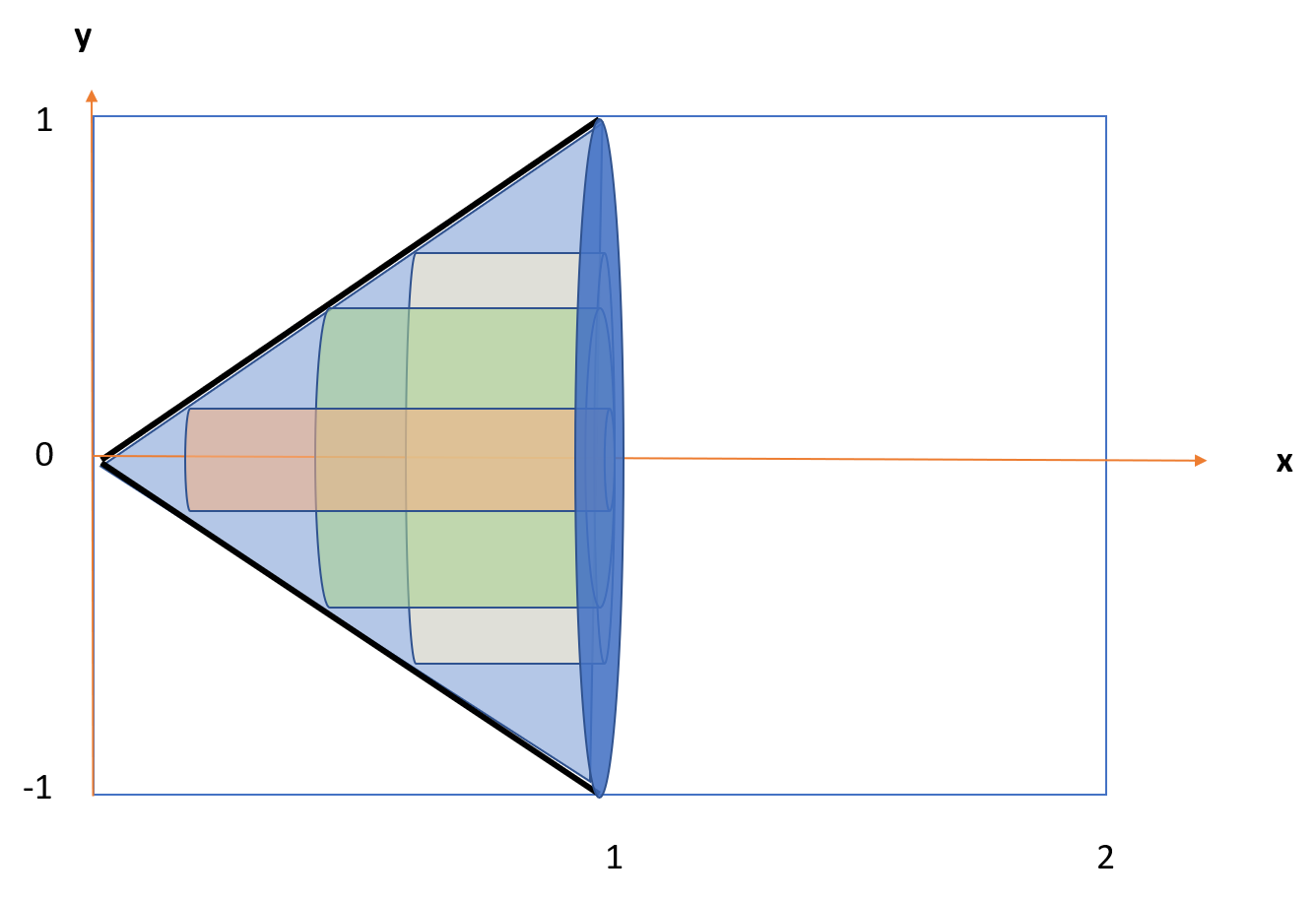Common Derivatives > Pi Derivative
The derivative of π with respect to x is 0.
π is a constant (equal to about 3.14), and the derivative of a constant is zero. Therefore π2, π/2, π/6, π/10 or any other π/constant variants all have derivatives of zero.
This only works if you have a constant. It doesn’t work if you have any variable in your expression. For example, the rule doesn’t apply to π(x), π2(x) or πsin(x).
There are some other interesting relationships with derivatives involving π, especially the one involving the derivative of the area of a circle.
Pi Derivative in Other Functions
Examples:
- π2(x)
- xπ
- πx
Example #1 : What is the derivative with respect to x of
f(x) = π2(x)?
Step 1: Place the constant in front:
= π2 d/dx(x).
Step 2: Use the common pi derivative d/dx = 1:
= π2 · 1.
Step 3: Simplify:
= π2.
Example #2 : What is the derivative with respect to x of
f(x) = xπ?
Step 1: Use the power rule d/dx (xa = a · xa – 1):
We have a = π so:
= πxπ-1
That’s it!
Example #3 : What is the derivative with respect to x of f(x) = πx?
Step 1: Use the common derivative rule for exponential functions d/dx(ax = axln(a)):
Plugging our function into the formula, we have a = π, so:
= πxln(π).
These examples demonstrate that we can use common rules to simplify functions involving a pi derivative.
Derivative of a Circle’s area πr2
The derivative of a circle’s area (πr2) is it’s circumference (2*πr).
This relationship also holds for a semicircle, and it can be extended to a sphere: the derivative of the volume function of a sphere equals its surface area. This interesting derivative relationship does not hold for all shapes though, such as squares or rectangles [1].

The math behind this fact is used in the cylindrical shell method for finding volumes of shapes. The logic is as follows [2]: a small change in the radius of the sphere produces a small change in the sphere’s volume, which is equal to the volume of a spherical shell of radius R and thickness δR. This shell’s volume is approximately:
V = Surface area of sphere * δ R.
The derivative here is the change in ball volume / δR, which is just the surface area of the sphere.
Pi Derivative: References
[1] Marichal, J. & Dorff, M. (2007). Derivative Relationships between volume and surface area of compact regions in Rd. Rocky Mountain Journal of Mathematics, vol 37 No 2. Retrieved May 3, 2021 from: https://math.byu.edu/~mdorff/docs/SomeRelations2007.pdf
[2] Su, Francis E., et al. “Surface Area of a Sphere.” Math Fun Facts.